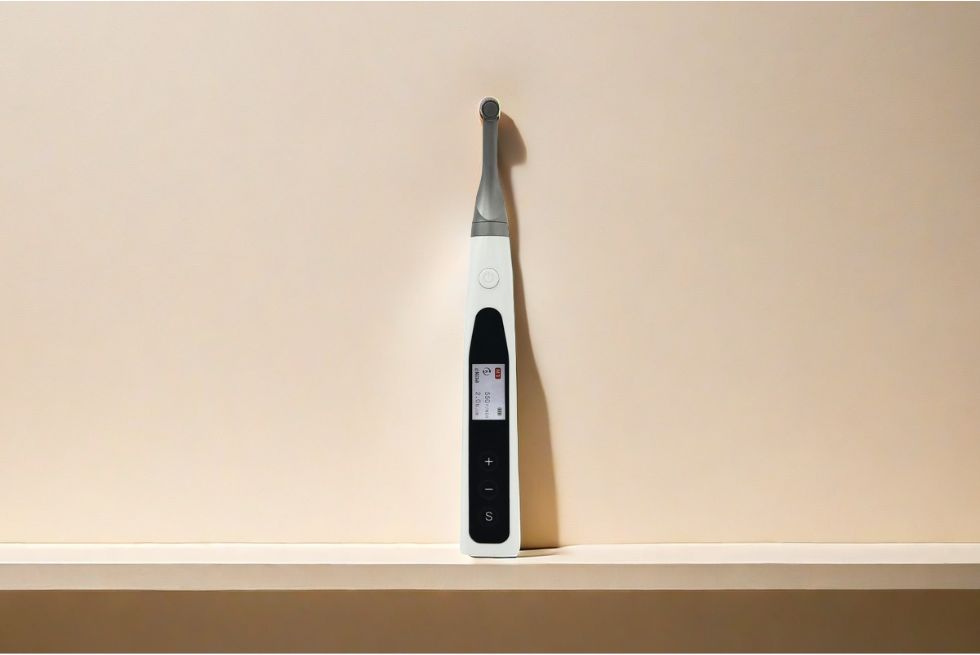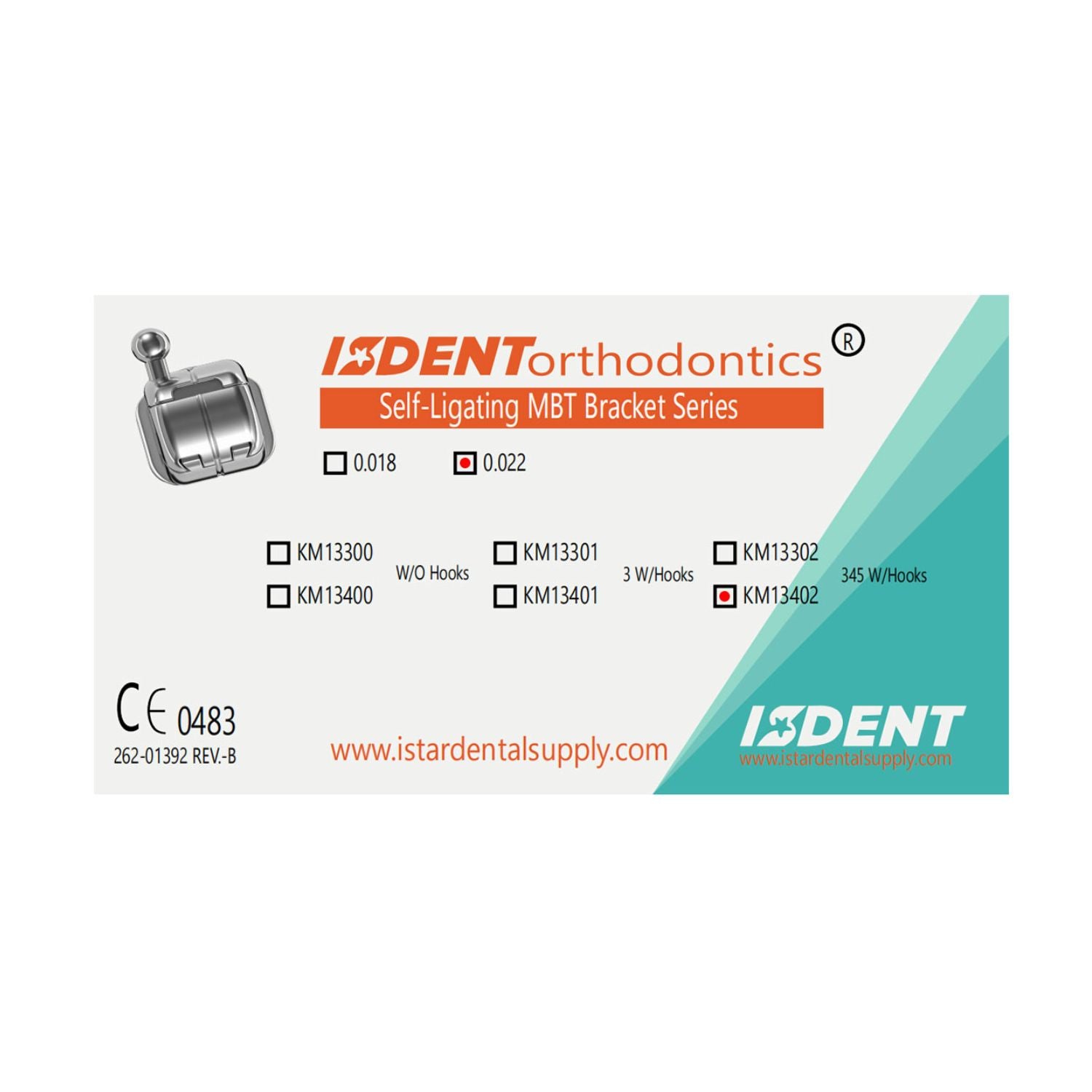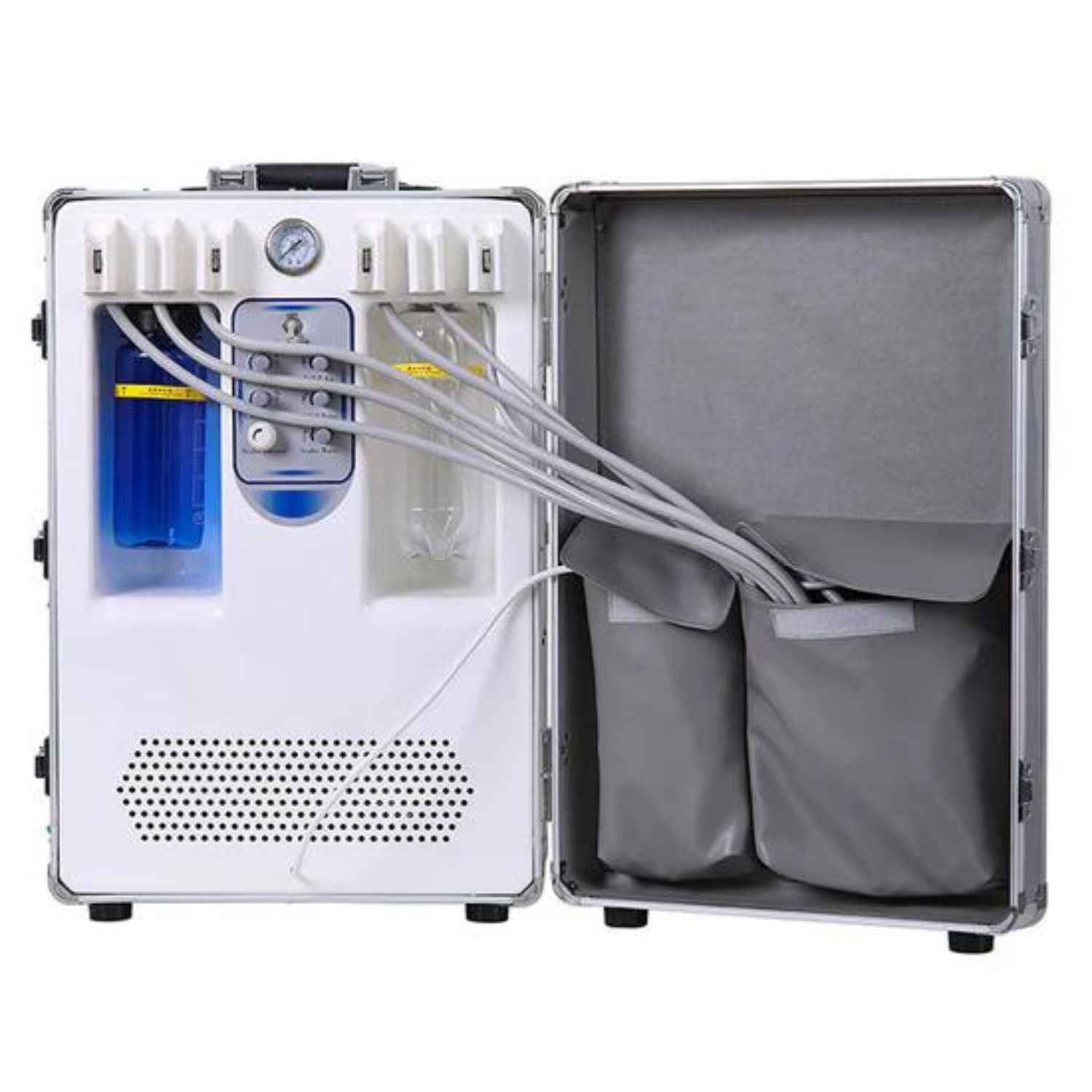Setting up a reciprocating endo motor correctly is crucial for the success of root canal treatments. The right settings ensure efficient and safe operation, reducing the risk of file breakage and other complications. Here is a detailed guide on how to set up and adjust the settings on a reciprocating endo motor:
Basic Steps for Setting Up a Reciprocating Endo Motor
- Read the Manual: Begin by thoroughly reading the user manual provided by the manufacturer. Each model may have specific instructions and recommendations for optimal performance.
- Power On the Device: Connect the endo motor to the power source and switch it on. Ensure the battery is fully charged if using a cordless model.
- Select the File System: Many reciprocating endo motors come pre-programmed with settings for various endodontic file systems. Select the appropriate file system from the device’s menu.
- Adjust Speed and Torque: Set the speed (RPM) and torque (Ncm) according to the manufacturer’s recommendations for the specific file system you are using. Typical settings for reciprocating files are lower in RPM and higher in torque compared to rotary files.

Specific Settings for Reciprocating Endo Motors
Here are the typical settings for some popular reciprocating file systems. Note that these settings can vary, so always check the file manufacturer's guidelines:
- WaveOne:
Speed (RPM): Around 350
Torque (Ncm): 4-5
Reciprocation Motion: 150° counter-clockwise, 30° clockwise
- Reciproc:
Speed (RPM): Around 300
Torque (Ncm): 4-5
Reciprocation Motion: 150° counter-clockwise, 30° clockwise
- WaveOne Gold:
Speed (RPM): Around 350
Torque (Ncm): 5
Reciprocation Motion: 150° counter-clockwise, 30° clockwise
Steps for Adjusting the Settings
- Access Settings Menu: Navigate to the settings menu on the endo motor’s display. This is typically done using buttons or a touchscreen interface.
- Select File System: Choose the appropriate file system from the list of pre-programmed options. This ensures the motor adjusts the motion pattern according to the specific file system’s requirements.
- Set Speed: Adjust the speed setting to the recommended RPM for the file system you are using. This setting controls how fast the file rotates.
- Set Torque: Adjust the torque setting to the recommended value. Torque control helps prevent file breakage by stopping the motor if the resistance within the canal exceeds a safe threshold.
- Confirm Reciprocation Motion: Ensure the motor is set to the correct reciprocation motion pattern. This involves alternating between counter-clockwise and clockwise rotations to mimic manual filing motions.
Testing the Settings
- Attach the File: Securely attach the chosen endodontic file to the handpiece.
- Test Run: Perform a test run outside the patient’s mouth to ensure the settings are correct. Observe the file’s motion and listen for any unusual sounds.
- Adjust if Necessary: Make any necessary adjustments to the speed and torque settings based on the test run. Fine-tuning may be required to match the file’s performance with the canal’s anatomy.
Additional Tips
- Lubrication: Ensure the file and handpiece are properly lubricated to reduce friction and wear.
- Calibration: Periodically calibrate the endo motor as per the manufacturer’s instructions to maintain accuracy.
- Maintenance: Regularly clean and maintain the handpiece and motor to ensure optimal performance and longevity.
- By following these steps and guidelines, you can set up your reciprocating endo motor effectively, ensuring efficient and safe root canal treatments.







